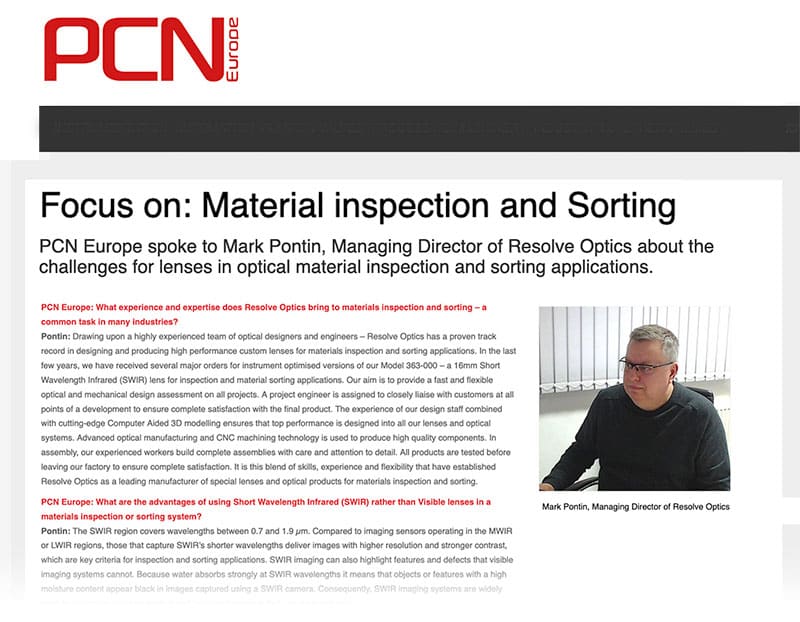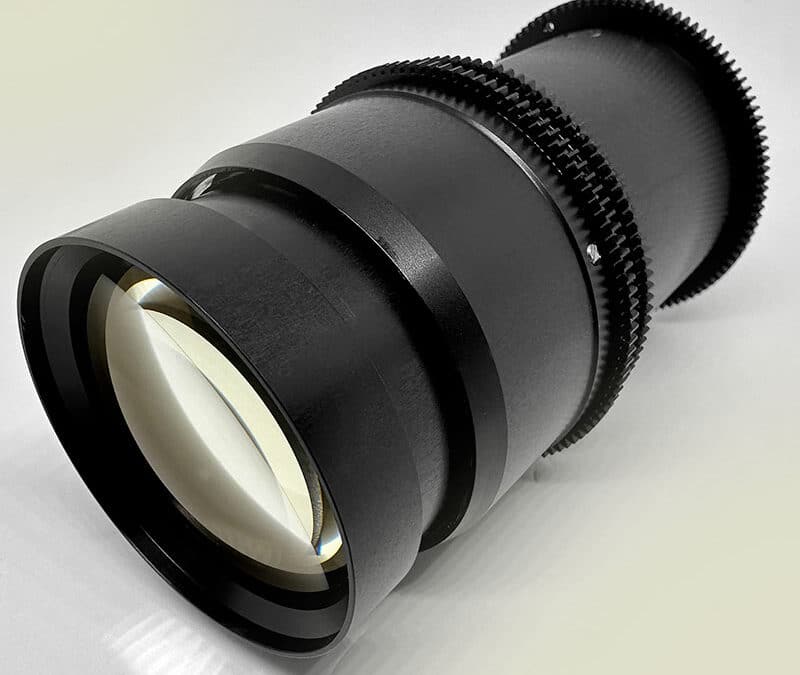
11, Sep 2024 | Social Media
Optical inspection and sorting systems are widely used to identify products not fit for consumption. In a recent interview with PCN Europe – Mark Pontin discussed why inspection and sorting system manufacturers, using the SWIR waveband for optical inspection, are...

4, Sep 2024 | Social Media
Camera sensor size is one of the most important factors in determining overall camera performance and image quality. Increasingly nuclear monitoring system integrators are using 1-inch sensors in their shielded cameras. This is because the larger area sensor can...

28, Aug 2024 | Social Media
A: We are constantly looking at ways of improving product quality using a suite of in-house testing equipment and on-the-job training for our skilled production technicians. We use a next generation automated MTF lens testing system to evaluate the performance of the...

21, Aug 2024 | Social Media
A: When exposed to Gamma or X-ray radiation most optical materials will change colour, typically dark brown, resulting in almost total loss of transmission. Fortunately, there are some standard optical glass that can be stabilized against the transmittance loss caused...

14, Aug 2024 | Social Media
Lens adapters can provide a cost-effective solution for achieving the desired field of view (FOV) or image format from a prime lens in a camera or sensor system. Unfortunately, most commercially available lens adapters are designed to work on as many lenses as...

7, Aug 2024 | Social Media
In the nuclear industry – endoscopes are a tool commonly use to help optically monitor radioactive processes. In such applications long term resistance of the endoscope to radiation is critical. To improve the safety of monitoring a glass vitrification process...







